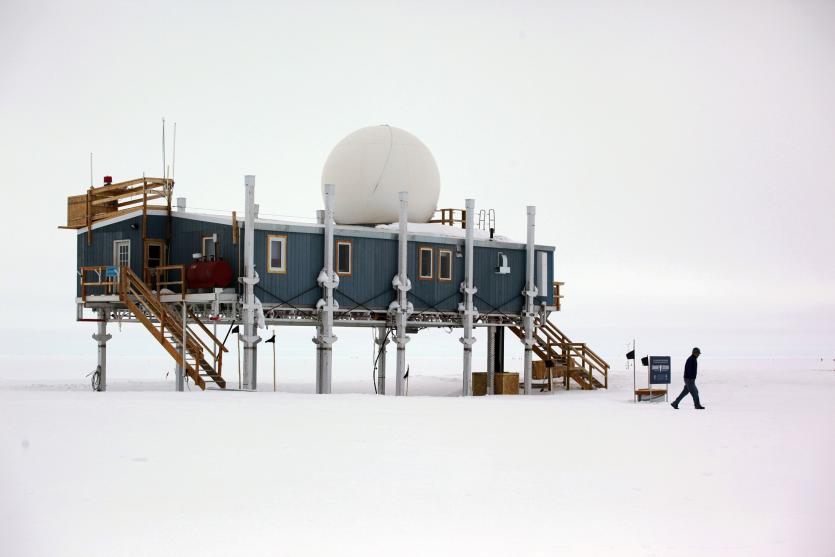The main building at Summit Station, a remote research site more than 10,500 feet above sea level on top of the Greenland ice sheet, in 2011. Photo:AP
The World Daily | News Desk AUGUST 20th 2021
For the first time in history, rainfall has been recorded at the Summit research station in Greenland, located more than 3,000 meters above sea level, scientists from the US National Snow and Ice Data Centre said.
Greenland, like much of the Northern Hemisphere, experienced a massive heatwave this year. At the top of the glacier, the temperature has hit zero degrees Celsius for the third time in less than 10 years. On August 14, 2021, several hours of rainfall was recorded at Summit Station, owned by the US National Snow and Ice Data Centre (NSIDC). This is where it is usually too cold for the water to come out liquid.
"There are no previous reports of rainfall at this site, which is 3,216 meters above sea level," the NSIDC tweeted, noting that the amount of ice lost in a day was seven times the daily average for the season.
Greenland, like other parts of the world, is experiencing climate change.
"Greenland, like the rest of the world, is changing," Ted Scambos, a glaciologist at the University of Colorado in Boulder, told The Washington Post. 'We saw three melts in Greenland in a decade, and before 1990 it was about once in 150 years. And now rainfall has appeared in an area where it has never rained. This is something that is hard to imagine without the impact of global climate change," he added.






